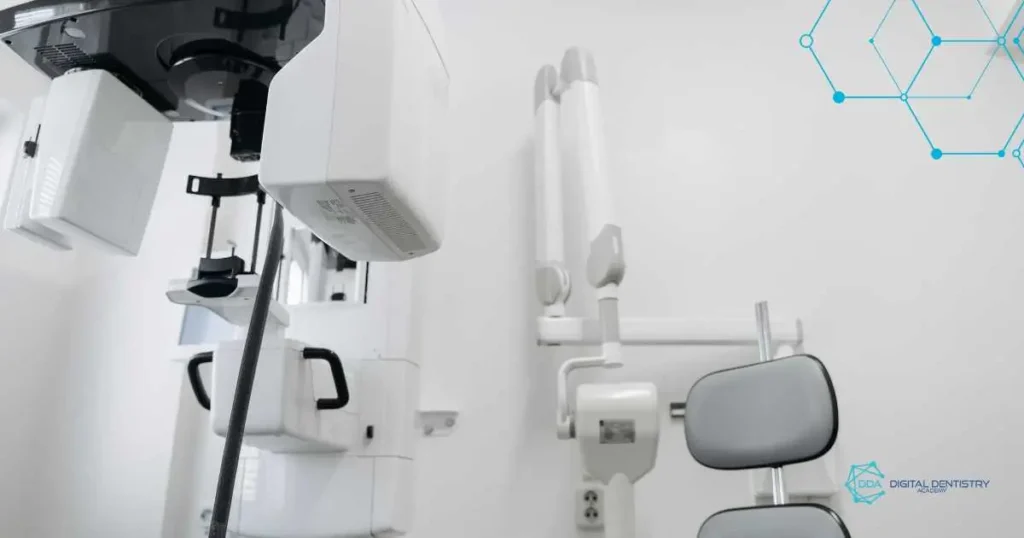Optimization of processes in dentistry through digital flow
In the age of technology, it is no surprise that dentistry has also benefited from digital advances. Optimized processes are becoming increasingly common in the area, and an example of this is the digital flow in dentistry. In this article, we will explore how the use of this technology can improve processes within dentistry, bringing benefits to both professionals and patients.
What is digital flow in dentistry?
The digital flow in dentistry is a set of processes that use digital technology for planning, diagnosing and treating patients. Through the use of digital images, specific software and state-of-the-art equipment, it is possible to carry out procedures more efficiently and precisely.
Advantages of using digital flow
The adoption of digital flow in dentistry brings a series of advantages for both professionals in the field and patients. Some of the main benefits are:
1. Greater diagnostic accuracy
With the use of high definition digital images, it is possible to carry out more accurate diagnoses. The results are more detailed, allowing you to identify problems that could go unnoticed in traditional exams. Furthermore, the 3D visualization provided by the digital flow allows for a more complete analysis of the patient's oral structure.
2. More efficient planning
The use of specific software in the digital flow in dentistry facilitates treatment planning. With digital images, it is possible to simulate procedures, test different treatment options and predict the results. This anticipation of scenarios helps professionals choose the best techniques and materials to be used, ensuring a satisfactory final result.
3. Reduction of errors and rework
The use of digital flow in dentistry also contributes to reducing errors and rework. With the greater level of detail provided by digital images, it is possible to avoid mistakes during procedures. Furthermore, pre-treatment simulation allows professionals to identify potential problems before they even start the process, reducing the need for adjustments or modifications mid-treatment.
4. Greater comfort for patients
The digital flow in dentistry also brings direct benefits to patients. With the reduction of errors and the anticipation of scenarios provided by this technology, treatments are faster and more efficient, resulting in greater comfort for patients. Furthermore, the use of digital equipment minimizes the need to manipulate objects in the patient's mouth, making procedures more comfortable.
Conclusion
The digital flow in dentistry is a reality that is becoming increasingly present in the area. Through this technology, processes are being optimized, bringing benefits to dental professionals and patients. With more accurate diagnoses, efficient planning, reduced errors and greater comfort, digital flow is revolutionizing the way dental treatments are carried out.





